|
Water freezes into very different forms of ice. Here we look at three that affect winter climbers very much. Rime is what normally makes mixed climbs white enough to go and climb. Hoar Frost grows on horizontal surfaces in a cold, clear night and can create a very weak layer in the snowpack. Verglas is an invisible sheen of ice covering rocks, making them incredibly difficult to move over. Rime is a type of ice crystal that grows on any surface exposed to humid air being blown onto it in a sub-zero temperature. It is often seen on fence posts and, perhaps confusingly, grows into the wind. So, you need a wind blowing cloud onto the crag and the temperature to be below zero. No snowfall is required at all. After a westerly gale, choose a crag that faces west and has been in the cloud. The best conditions in which I’ve climbed snowed-up rock have included well-frozen rocks and a light rime of a couple of centimetres that is easily brushed away to reveal (hopefully) cracks and ledges underneath. The crags have been totally white at the start of the day, with the climbs brushed free of rime by climbers on various routes. Sufficient rime to make crags and climbs white enough to climb can form overnight. Twelve hours of strong winds blowing freezing clouds onto the crag is enough to form a couple of centimetres of rime over every surface of the crag. Delicate dry rime can fall off the crag in a strong wind and is likely to fall off in very dry, cold air. This means that the crag can be white one day and black the next despite the temperature staying below zero. Once the crag is out of the cloud the rime will start to deteriorate. Sunshine will also strip rime from the rocks faster than you can climb them. Over time, rime can grow to be a metre deep, and it turns very icy after thaw-freeze cycles. In March, the summit observatory ruins on Ben Nevis are often covered by incredibly thick rime ice that has built up over the previous three or four months and survived many thaw-freeze cycles. This type of rime makes life difficult if you want to climb the rock underneath it. Thick, icy rime it can be a monumental struggle to clear off the rocks for a whole pitch. Hoar frost is very different to rime, apart from being a type of ice crystal. Hoar frost forms during a cold, still, starlit night and is what glistens on the grass and in the trees after a hard frost. Crystals of ice grow upwards as moisture in the air falls onto horizontal surfaces. Since hoar frost only forms on horizontal surfaces, it doesn’t turn steep crags white. So, by itself, it is not sufficient to create the winter conditions required. Hoar frost grows on the surface of the snow as well as anywhere else. When snow builds up on top of a layer of hoar frost, this buried hoar frost will stay intact and remain as a weak layer within the snowpack. The hoard frost crystals are strong enough to hold a substantial layer of snow on top, but they are prone to collapsing in a layer across a wide area. They act a bit like playing cards standing upright. In this position they can hold a lot of weight but if they are pushed in the right direction they will all fall over at the same time. Hoar frost crystals can grow very fast and a very thin layer of them is required to create a weak layer if they are later buried. So, a night of snow showers and clear spells can create a snowpack with weak layers. Remember that it does not need to be snowing for accumulations of snow to build up. The wind can transport snow that is already lying on the ground to other places where there is shelter from the wind. Clear, cold, windy nights can a create areas of windslab witting on a weak layer of hoar frost crystals. Verglas is a thin covering of ice on all the rocks. When you look at the ground and you see rocks that look like they might be wet, but actually turn out to be icy, you've got verglas. Not surprisingly, verglas is really tough to deal with. Walking on a path can be tortuous, scrambling over verglas covered rocks is incredibly tenuous and climbing anything can be made impossible. Not only are the handholds and footholds very slippery, but cracks can be made useless for protection and slings slide off spikes very easily. Crampons can help a little but it feels like walking on bare rocks with crampons on which is never much fun.
If the ground is very cold after a week of freezing weather, verglas can form instantly when the weather warms up a little. A moist cloud blowing over super cold rocks will freeze water droplets onto the rocks, creating a cover of very thin ice. If the temperature continues to rise the verglas will not survive very long, but there is a period when the rocks stay icy because they are much slower to warm up than the air. Alternatively, if the rocks are all wet when the temperature drops suddenly below freezing, the water on the rocks will freeze to create the same thin layer of ice everywhere. This verglas can last a lot longer if the temperature stays below freezing. I found conditions like this once when I walked in to climb Curved Ridge on Buachaille Etive Mor. We decided that wearing crampons for the path was the best way forward even though it looked like bare, wet rocks. On the way down we took off the crampons for the loose snow Coire na Tullach before putting them back on for the path back to the van at the end of the day.
1 Comment
Michael Blackburn
6/3/2024 10:07:49
A really useful piece Mike, it explains a lot. Clarifies a lot of stuff I thought I sort of knew but didnt really. Thanks!
Reply
Your comment will be posted after it is approved.
Leave a Reply. |
AuthorMike Pescod Self reliance is a fundamental principle of mountaineering. By participating we accept this and take responsibility for the decisions we make. These blog posts and conditions reports are intended to help you make good decisions. They do not remove the need for you to make your own judgements when out in the hills.
Archives
March 2024
|
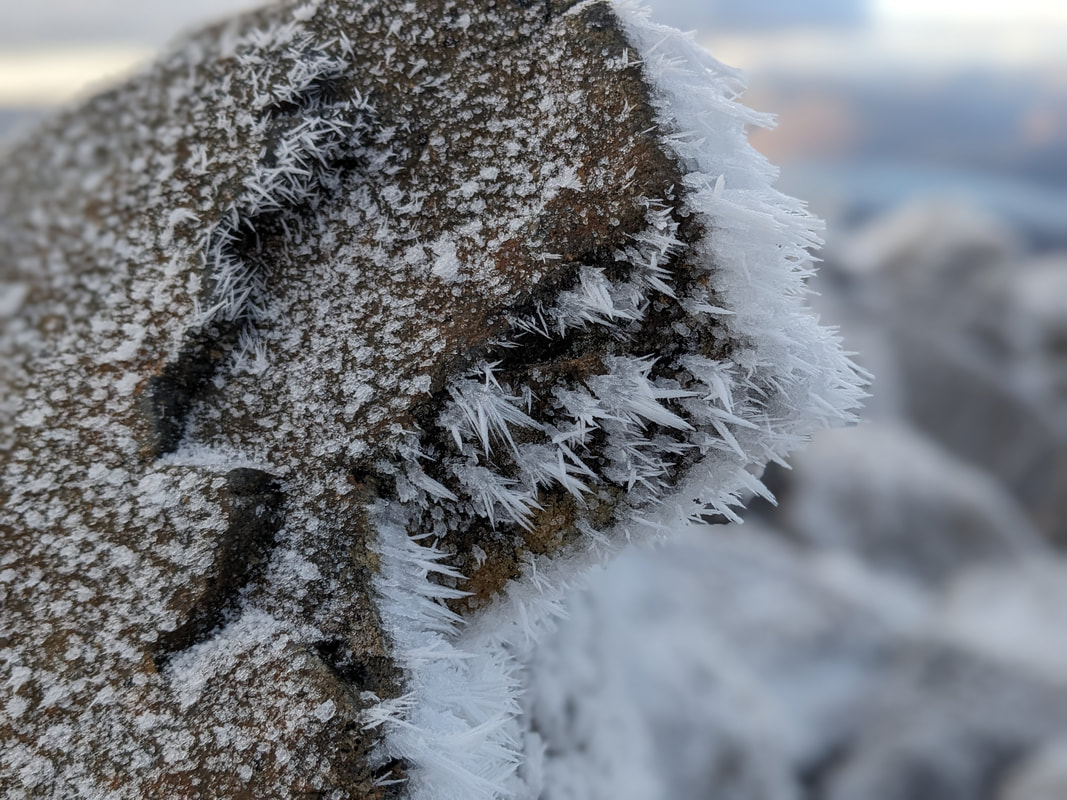
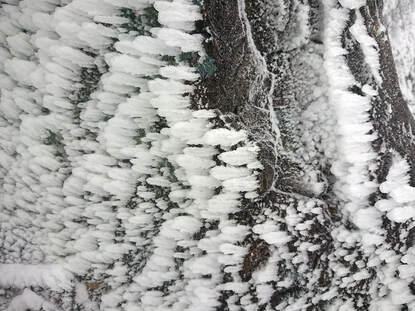
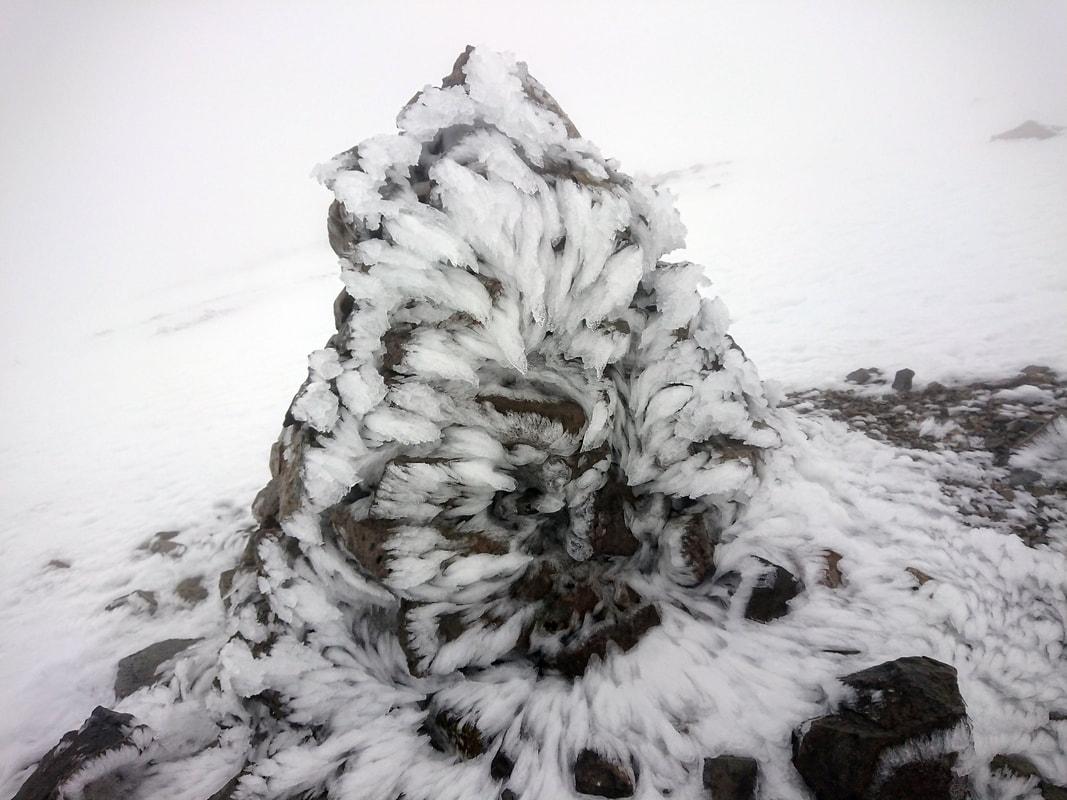
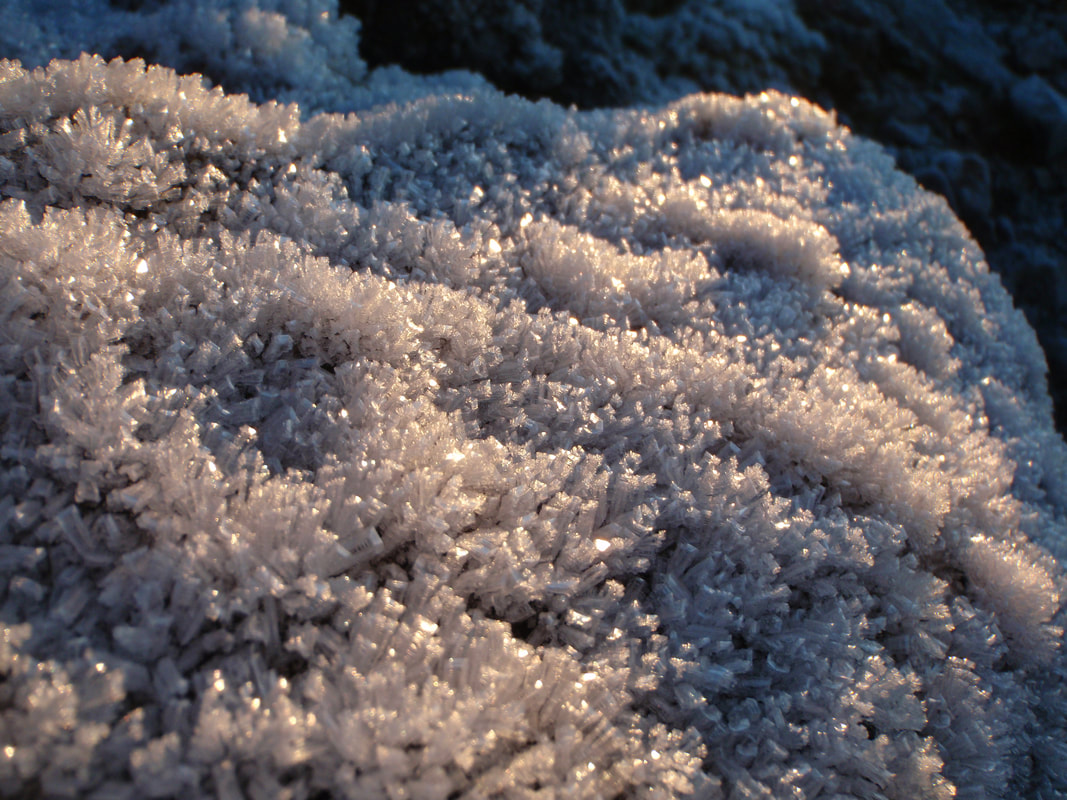
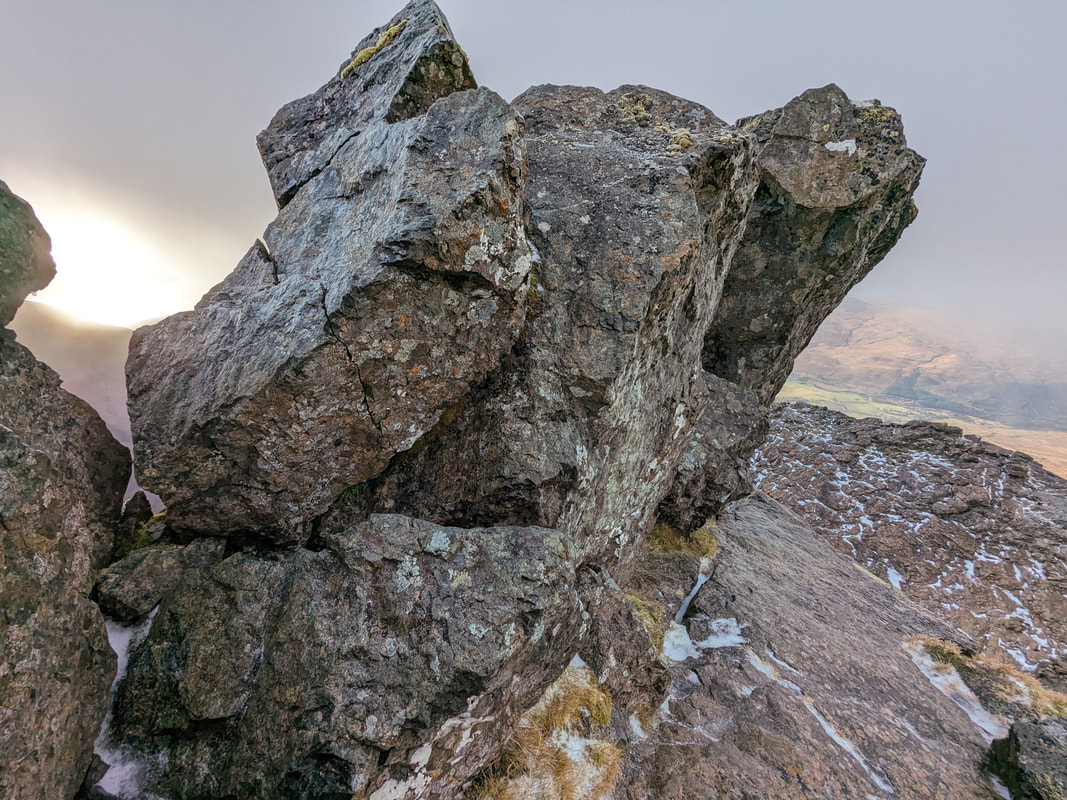
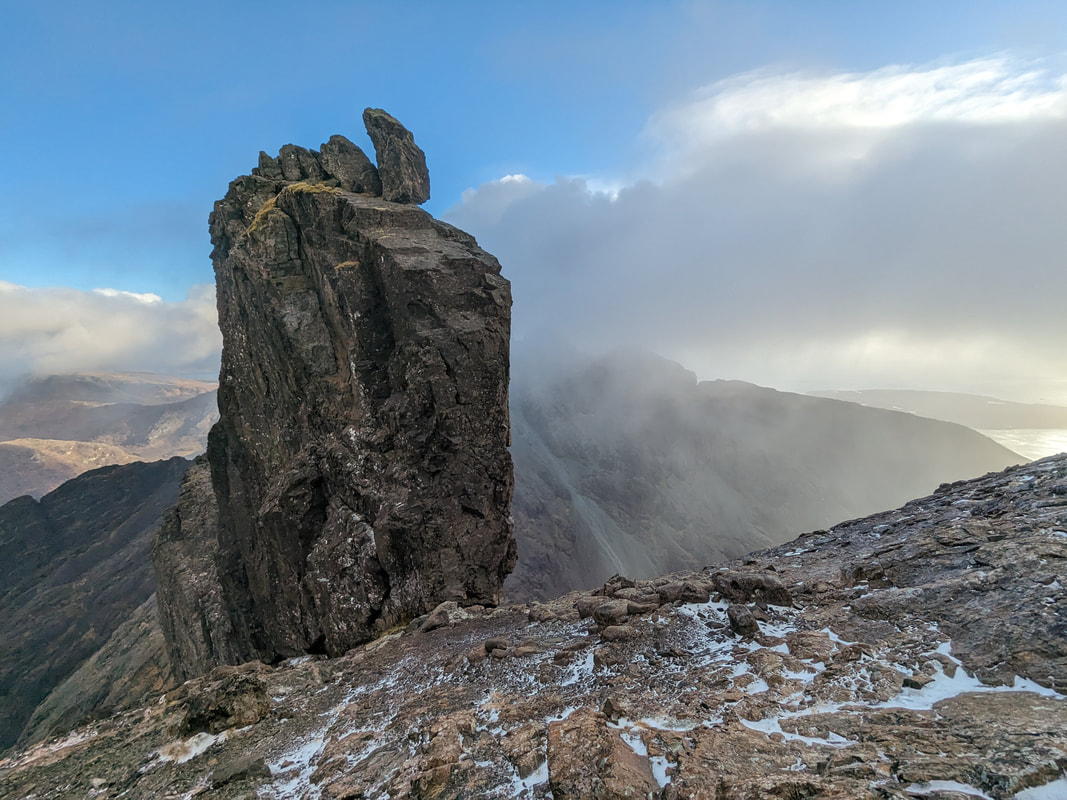
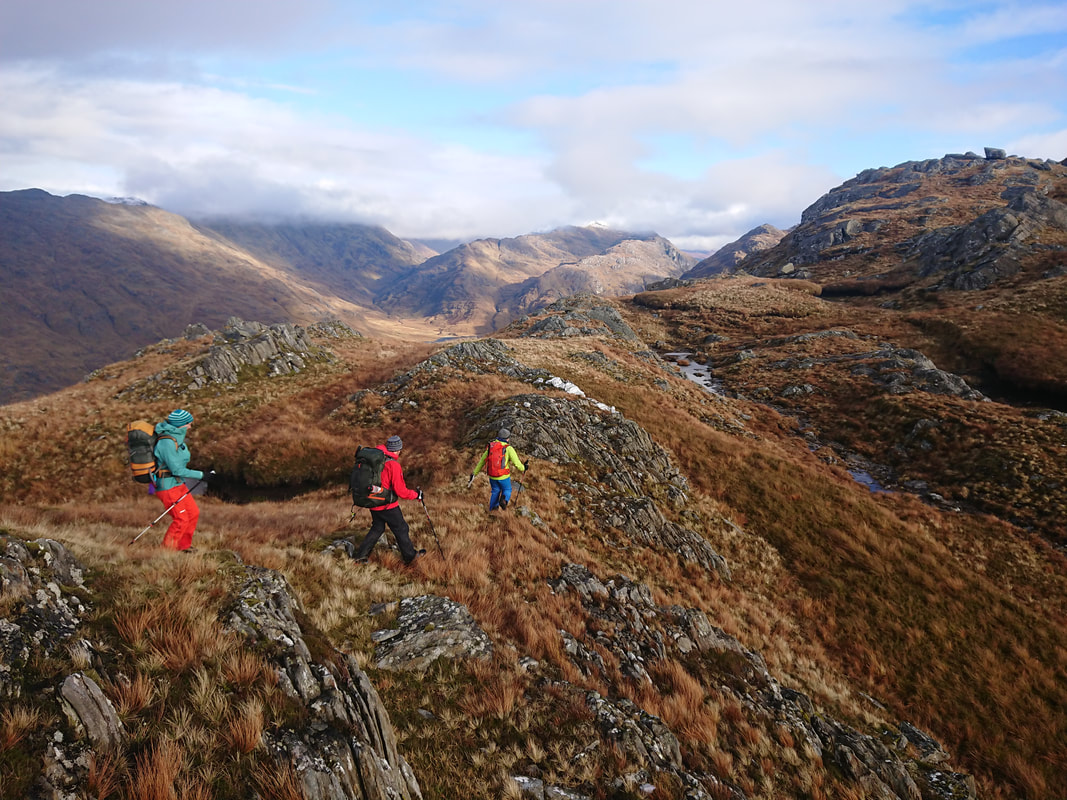
 RSS Feed
RSS Feed
